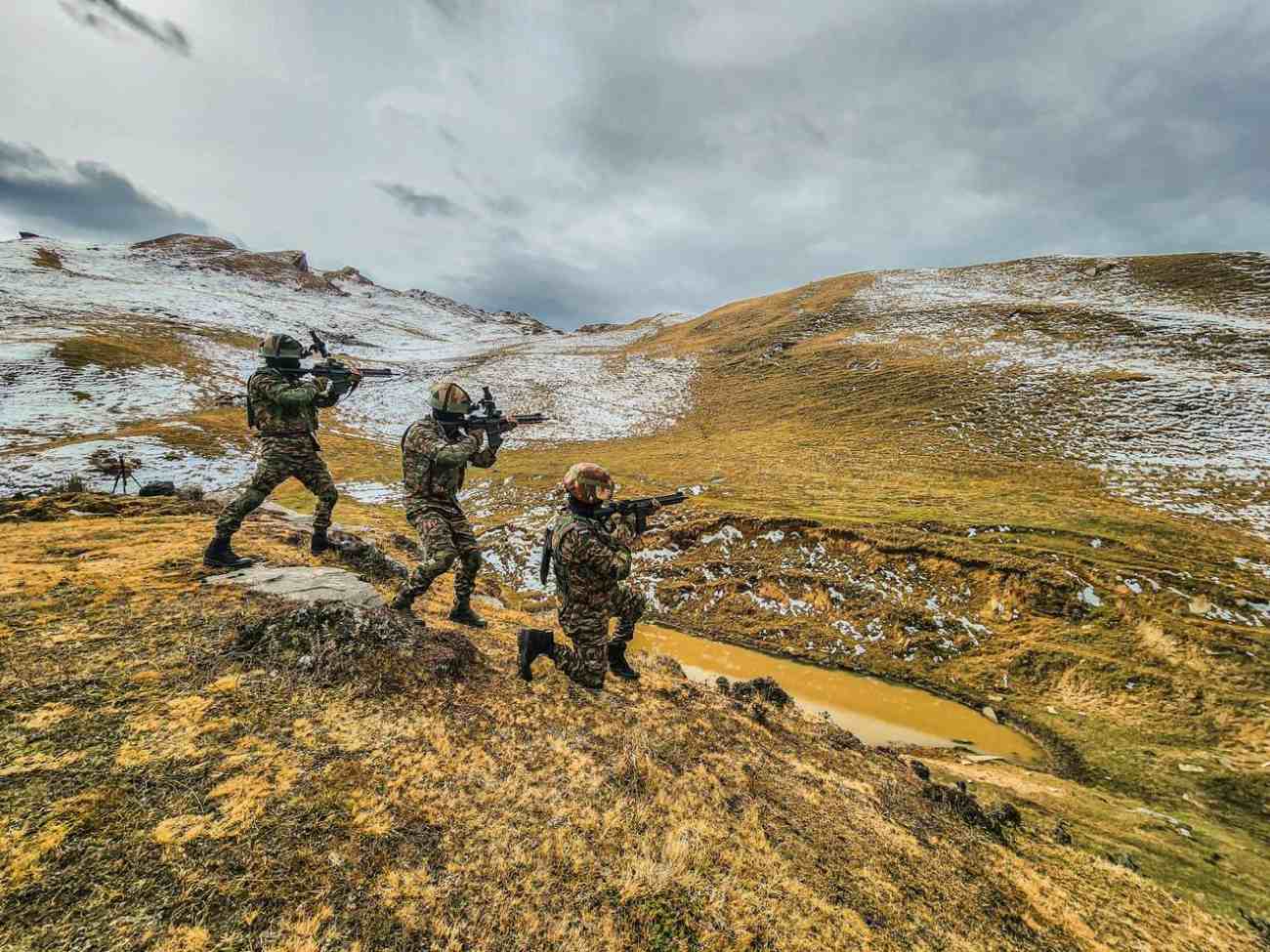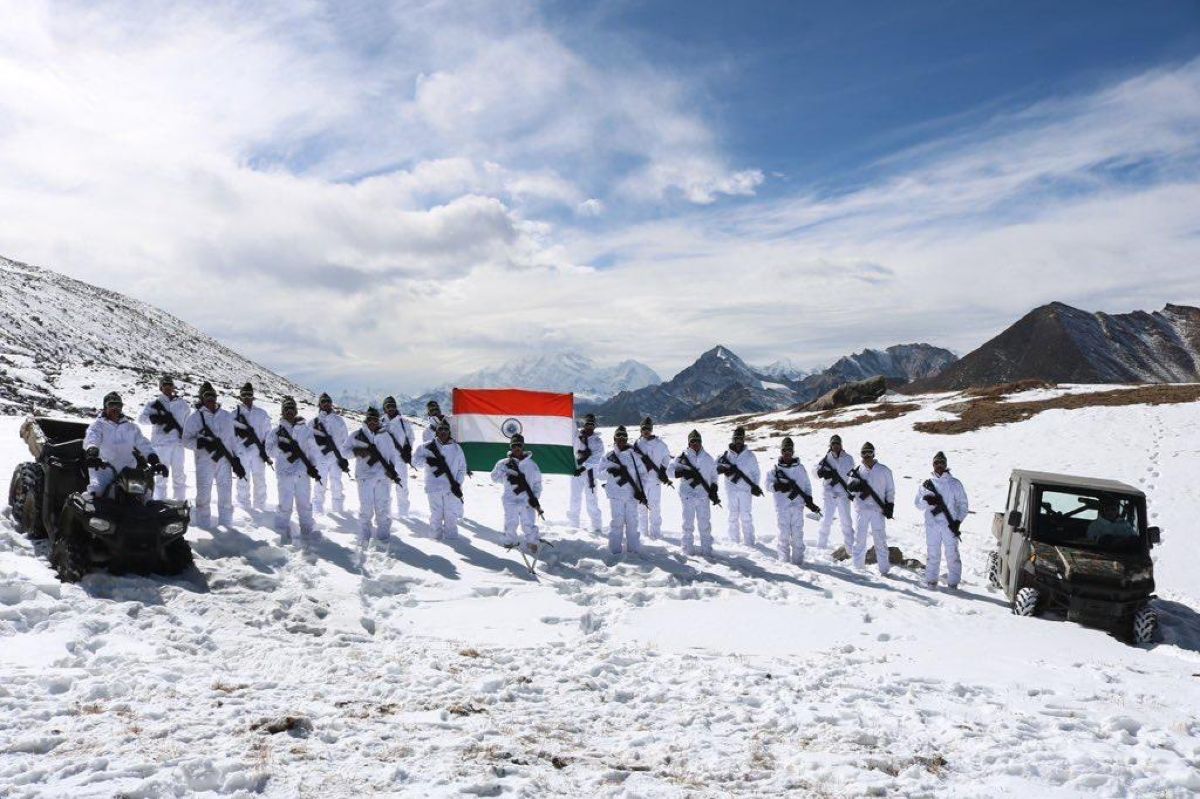Every organization, whether a business entity or the government, tries to enhance its effectiveness. Armed forces are no exception. PM Narendra Modi has desired that the armed forces’ combat effectiveness be enhanced.
Goal Clarity
Restructuring for better integration appears to be a solution. To carry out this process, any organization needs to have a goal. Goal clarity is essential for any restructuring process and needs to be specified before asking the armed forces to restructure themselves for better combat effectiveness. The aim for the country that can be culled out from the Constitution is Comprehensive National Development.
We need to have an objective for where we want India to be in 50 years, which is accepted by major political parties so that this long-term objective is not changed because of political changes. A comprehensive National Doctrine needs to be developed.
A doctrine helps each one understand his role in national development and defines his duties as a citizen. Allocation of funds for development needs to be based on this planned synergized strategy.
If it is done per Arthashastra propounded by Chanakya, suitably modified for the present situation, it will lead to Comprehensive National Development. The national Military Doctrine will specify the military’s actions to ensure peaceful national development.
The national leadership needs to clarify whether the military should have an expeditionary intent to reclaim Akhand Bharat or be content with not losing an inch of our territory. The restructuring will depend on such precepts in the National Military Doctrine.
Background
Armed forces have evolved over centuries separately as the Army, Navy, and Air Force with their own culture, traditions, values, attitudes, ethos, etc. Integrating the three for better combat effectiveness while respecting these is herculean. These attributes essentially deliver victories in a war where there is no runner-up.

At present, integration is achieved by various organizations established for it. A review of these organizations and their performance needs to be analyzed to determine whether they have achieved what was intended.
If not, the reason they were not achieved needs to be further analyzed to conclude. The problem definition is a must, and it should be to the satisfaction of all stakeholders before we embark on corrective action.
The Cart Before The Horse
The media is rife with views on the pros and cons of theaterisation. The creation of theater commands emanates from the basis that the country is divided into theaters where a single commander has complete control of the assets under his command. He does not have to depend on any resources from other theaters or the nation to execute his task.
The armed forces are structured so that each Armed Force is divided into commands with units under them. A theater commander must have entire Armies, Navies, and Air Forces under them. Typically a theater commander has Armies, Navies, and Air Forces under his command. These are done by large countries which yearn for a global role.

The US, Russia, and recently China have such organizations as the resources needed are huge. We, on the other hand, have an Army without resources to fight a war for more than ten days, a Navy which may not be able to ensure that our sea lanes of communication cannot be interfered with, and an Air Force with 28 Squadrons out of the recommended 65. Our economy cannot support such ideas as a theater command.
From the available information, what can be deduced is that the Navy will be reduced to a maritime command, the Air Force to an air defense command, and the head of an Army command will be promoted to a theatre commander with assets of the air force under his command. This will not enhance the combat effectiveness due to the dissimilarities mentioned above.
Integration: The Optimum Solution For Enhancing Combat Effectiveness
Combat Effectiveness could be described as the systematic military application of selected management and behavioral science skills and methods to bring about change to improve the functioning of the total organization (Armed Forces as a whole or Military prowess) to accomplish assigned missions and thus increase combat readiness, complementing fundamental values, traditions and leadership principles prevalent in each of the Armed Forces.
The need of the hour is greater integration of the three armed forces where we have an integrated force commander under whom component commanders of the three armed forces function in an integrated manner during the war.
This will not disrupt the attributes and culture nurtured over centuries. The key is to enhance combat effectiveness with minimum disruption.
- OPED BY Group Captain Johnson Chacko (Retd) was a MiG 25 pilot and has been on the Faculty of Defense & Strategic Studies and Management (Dept of Strategic Management).
- Mail EurAsian Times at etdesk(at)eurasiantimes.com
- Follow EurAsian Times on Google News




